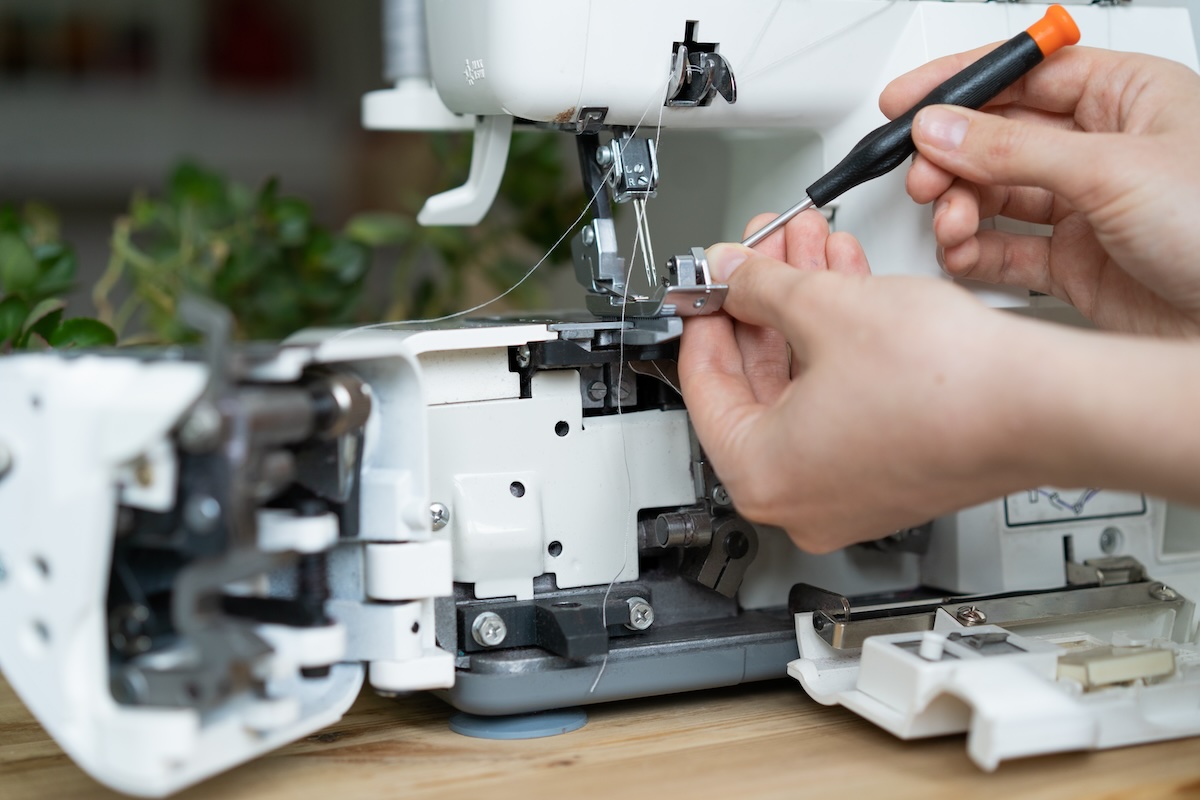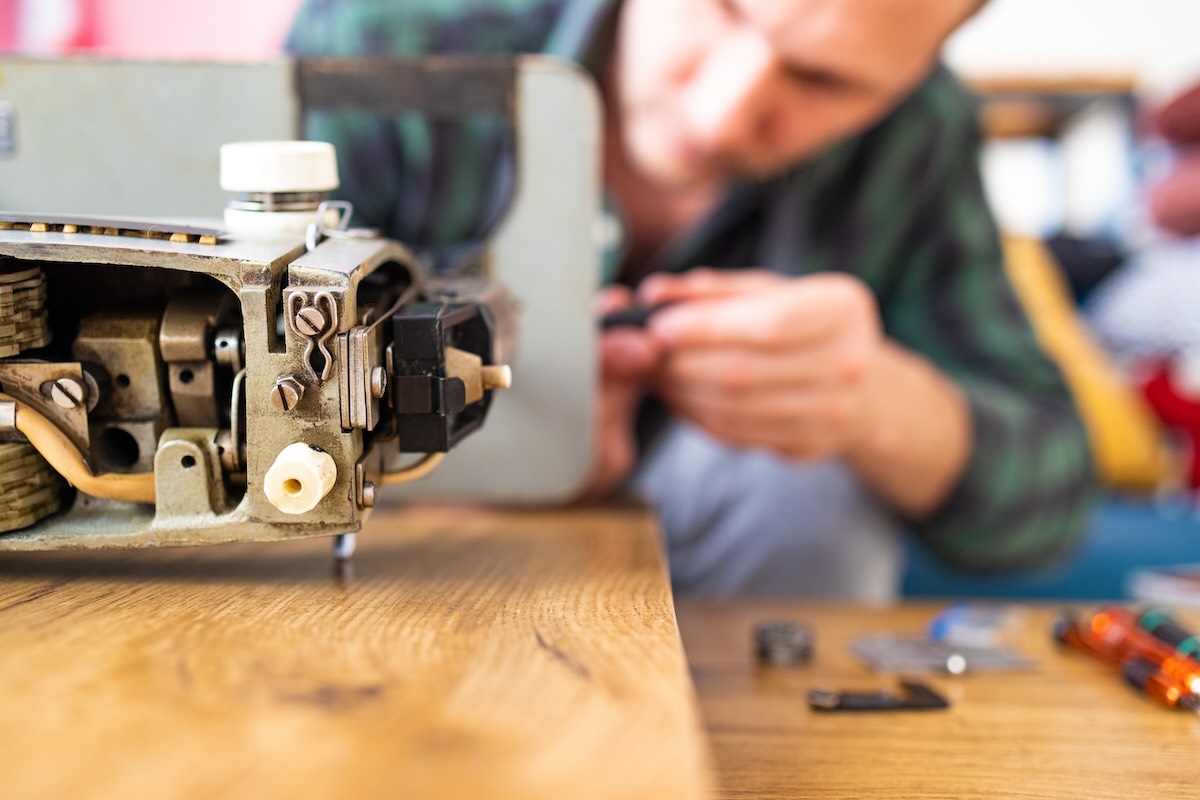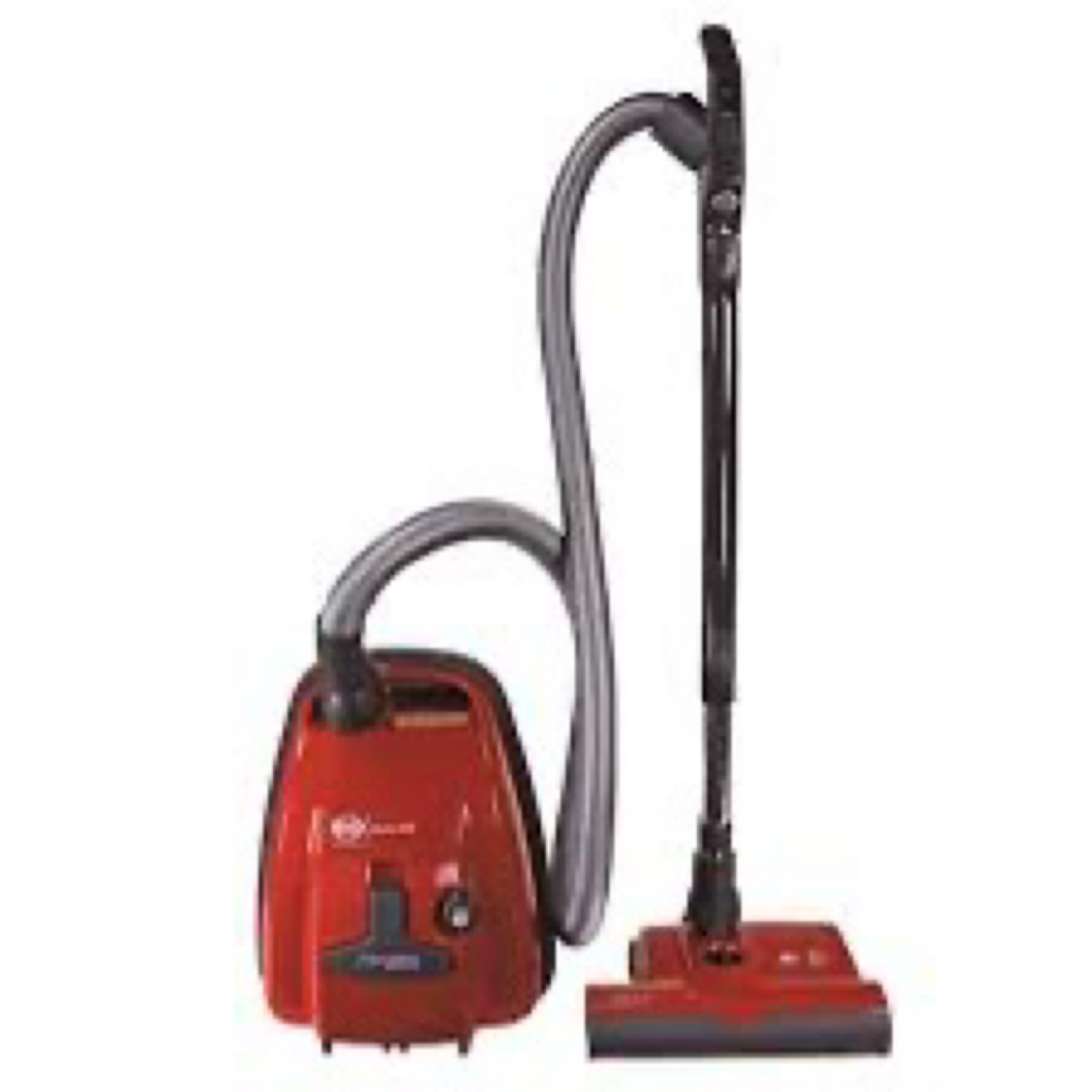Sewing machines are valuable tools for hobbyists, professionals, and those who simply enjoy mending clothes at home. Over time, like any mechanical device, they can experience wear and tear, leading to problems that might require repair. When a sewing machine starts malfunctioning, the question arises: is it worth repairing, or would it be better to replace it? The answer depends on several factors, including the type of repair needed, whether it can be fixed at home, and if professional service is required.
Determining the Nature of the Problem
Before deciding whether to repair or replace a sewing machine, it’s essential to identify the exact issue. Some problems are simple enough to fix at home, while others require specialized tools and expertise. The most common issues fall into three categories:
- Minor Fixes You Can Do at Home
- Complex Repairs That Require Professional Service
- Severe Issues That Might Warrant a Replacement
Understanding where your machine’s problem fits will help determine if repair is the best option.

Repairs You Can Do at Home
Some sewing machine problems are straightforward and can be addressed with basic troubleshooting and simple fixes. If your machine is skipping stitches, jamming, or not running smoothly, a home repair might be all you need.
Common DIY Fixes:
- Thread Tension Issues – Incorrect thread tension can cause skipped stitches or loops in the fabric. Adjusting the tension dial and ensuring proper threading can resolve this problem.
- Bobbin Troubles – If the bobbin is incorrectly wound or inserted, the machine may jam or fail to stitch properly. Cleaning the bobbin case and re-threading can often fix these issues.
- Dull or Bent Needles – A damaged or dull needle can lead to fabric snags and poor stitch quality. Simply replacing the needle with a new one suited for your fabric type can restore proper function.
- Lint and Dust Buildup – A clogged machine can cause various issues, from irregular stitching to mechanical failure. Regular cleaning and oiling of moving parts can prevent many problems.
- Foot Pedal Malfunctions – Loose or disconnected power cords, dirt buildup, or stuck buttons can sometimes cause a foot pedal to be unresponsive. Checking connections and cleaning the pedal may resolve the issue.
If your machine’s problem falls under one of these categories, a DIY repair is often worth attempting before considering a replacement or professional service.

When to Seek Professional Repair Services
While many issues can be fixed at home, some problems require professional attention. Mechanical parts wear down over time, and intricate repairs are best handled by a trained technician.
Signs You Need Professional Repair:
- Motor Problems – If the machine is running slowly, overheating, or failing to start, there could be an issue with the motor that requires specialized tools and knowledge to repair.
- Timing Issues – If the needle and bobbin thread are not synchronized, the timing may need adjustment. This is a delicate repair that requires precision to fix.
- Broken or Worn Gears – Older machines often have gears made of plastic or metal that wear down over time. Replacing them involves disassembling the machine, which is best left to a professional.
- Electrical Issues – Machines with digital components or electronic controls require expertise to diagnose and fix electrical problems.
- Persistent Tension Issues – If you’ve tried adjusting the tension without success, there could be an underlying mechanical issue that requires professional calibration.
If your sewing machine requires one of these repairs, it’s essential to weigh the cost of service against the value of the machine.
When It’s Time to Replace Your Sewing Machine
In some cases, repairing a sewing machine may not be cost-effective. While repairs can restore function, there are instances when investing in a new machine is the better choice.
Factors That Justify Replacement:
- Excessive Repair Costs – If the estimated repair cost is more than half the price of a new machine, it may not be worth fixing.
- Frequent Breakdowns – If the machine constantly requires repairs, it may be more practical to upgrade to a newer model.
- Obsolete Parts – Some older machines are difficult to repair because replacement parts are no longer available.
- Outdated Features – If your sewing needs have evolved, a modern machine with advanced features may provide better functionality and ease of use.
- Severe Structural Damage – If the frame or essential components are cracked or broken beyond repair, replacing the machine is the only viable option.
If your sewing machine falls into one of these categories, purchasing a new one may be a more economical and practical decision in the long run.

Making the Right Decision
Deciding whether to repair or replace a sewing machine comes down to assessing the type of issue, the cost of repairs, and the overall longevity of the machine. If the problem is minor and can be fixed at home, attempting a repair is usually the best course of action. When facing more complex mechanical or electrical issues, professional service may be worth considering—especially if the machine is of high quality and still has years of use left in it. However, when repairs become too costly, or the machine is outdated and unreliable, replacing it with a new model might be the most practical solution.
Ultimately, whether you choose to repair or replace your sewing machine depends on your specific situation, the severity of the problem, and your budget. By carefully evaluating these factors, you can make an informed decision that ensures your sewing machine continues to serve you well.
If you have any questions or want to take the first steps in repairing your equipment, contact us!




